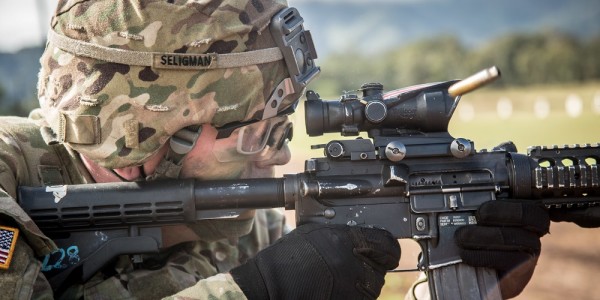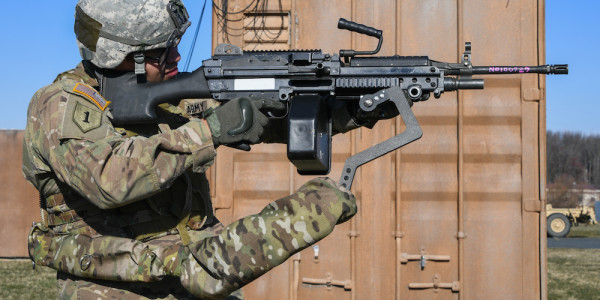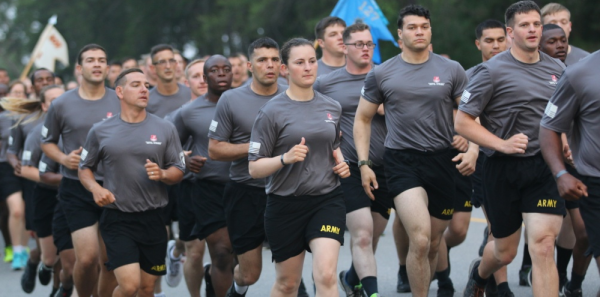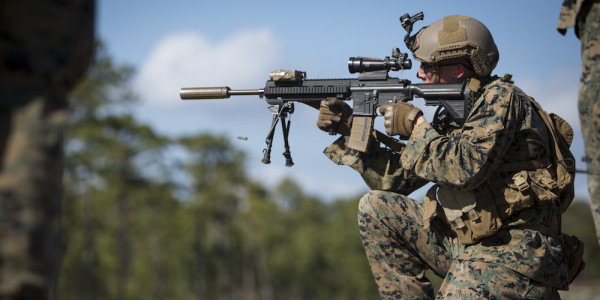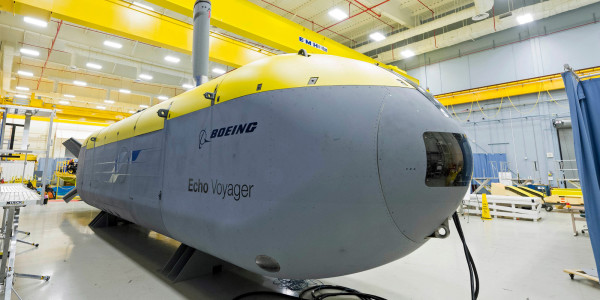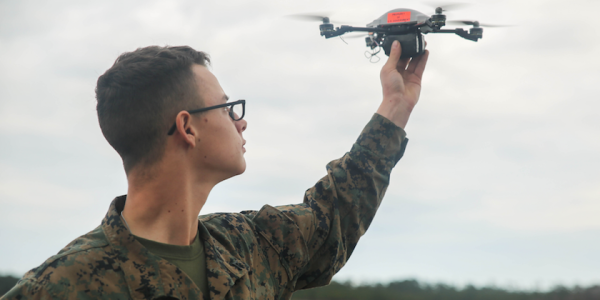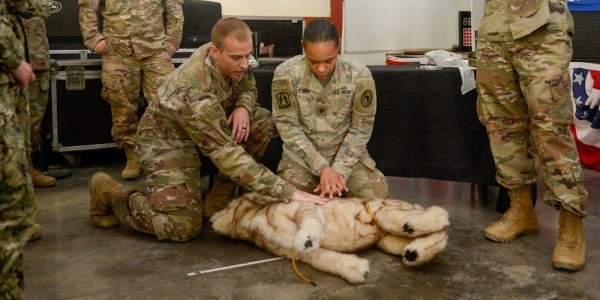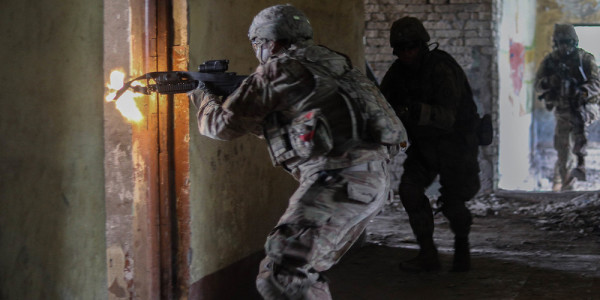Despite American pop culture’s dire warnings about the future of robot warfare, Army researchers simply can’t help themselves when it comes to developing new and freakish machines to accompany soldiers onto future battlefields.
According to the Army Research Laboratory, the service is currently researching what it describes as “robotic systems packed with muscle tissue” that can produce “never-seen-before agility and versatility,” in a ground-based system.
The field of research, known as biohybrid robotics, “integrates living organisms to mechanical systems to improve performance,” according to the ARL.
“Muscle tissue is outstanding at producing a specific amount of mechanical power at a given moment, and its versatility is unrivaled in robotic actuation today,” said Dr. Dean Culver, an ARL research scientist, in a statement.
Video: Here comes the Army’s new heads-up display
Now, don’t expect the Army to roll out a fleet of muscle-bound walking shit-kickers to bust down doors alongside soldiers anytime soon. Instead, the service is focused on applying the logic and elegance of biological systems to clunky and clumsy ground-based systems.
Indeed, the ARL says that the first applications for biohybrid robotics will focus on legged platforms like the Army’s Legged Locomotion and Movement Adaptation (LLAMA) research platform and the U.S. Marine Corps Legged Squad Support System (LS3) — although Culver and his collaborators “are also considering flapping-wing drones.”
“One obstacle that faces ground-based robots today is an inability to instantly adjust or adapt to unstable terrain,” Culver said in a statement. “Muscle actuation, though certainly not solely responsible for it, is a big contributor to animals’ ability to navigate uneven and unreliable terrain. Similarly, flapping wings and flying organisms’ ability to reconfigure their envelope gives them the ability to dart here and there even among branches.”
“In multi-domain operations, this kind of agility and versatility means otherwise inaccessible areas are now viable, and those options can be critical to the U.S. military’s success,” he added.
If this sounds decidedly creepy, you’re not alone: the prospect of robotic sidekicks that move eerily like flesh-and-blood creatures because of their artificially-manufactured muscle tissue is absolutely the stuff our science-fiction nightmares.
“Organisms outperform engineered robots in so many ways,” Culver said in the ARL statement. “Why not use biological components to achieve those remarkable capabilities?”
I’ll tell you why! I’ve seen this movie before, and it tends to suck total ass for the human ‘organisms’ involved:

Related: The Army wants to build a brand new exoskeleton to help soldiers ruck faster and harder


